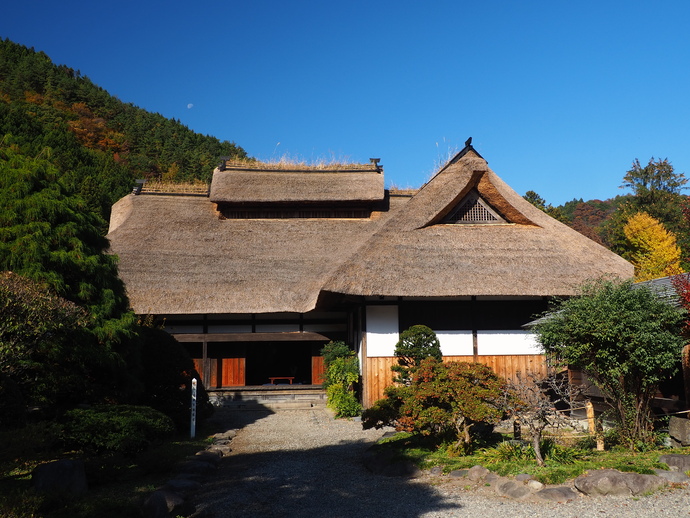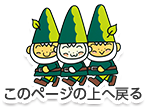Magariya House in Nango

Magariya House in Nango
The Magariya House is a large thatched-roof farmhouse in the small riverside village of Nango, a 30-minute drive east from central Numata. The house was built in 1785 and was the home of the wealthy Suzuki family. The head of the family was the village headman, a hereditary position held by the Suzuki family, who were also prominent landowners. Until the end of the Edo period (1603–1867), officials dispatched by the local daimyo lord to collect taxes in the area would stay at the house while carrying out their duties.
The obligation to host government officials is thought to have influenced the layout of the house. The L-shaped building is in the style of a magariya (“bent house”), which is common for farmhouses in cold regions throughout northern Japan. A stable wing for horses and an earthen-floor work area are attached to the side of the main living area, allowing the people of the house to care for and protect their horses during the harsh winters. Out of the ordinary for a farmhouse, however, are the two well-appointed tatami-mat rooms on the opposite side of the house from the stable. These rooms were used to accommodate samurai officials. Higher-ranking guests stayed in the inner chamber, which has a raised floor (jodan no ma) and a decorative tokonoma alcove, while their attendants were accommodated in the outer room.
The sunken hearth (irori) in the corner of the work area closest to the living room is a central element of the house. A fire was kept going in the hearth at all times to keep the building warm and dry. The smoke from the hearth would rise up through the rooms and ceiling, which blackened the walls but protected the wooden structure and thatched roof from rot and insects. Meals were also prepared on the hearth, over which a pot or kettle could be suspended from a hook.
In addition to the main building, the premises of the Magariya House include a waterwheel and four kura storehouses with fire-resistant earthen walls. One kura was used to hold family heirlooms, important documents, and other valuables, while another stored grains and farming tools. The smallest of the four is the misokura, where the family made and kept miso paste and pickles.

ご意見をお聞かせください
このページに関するお問い合わせ
Numata Tourism Department
888 Shimonocho,Numata-shi, Gumma-ken 378-8501
Please use the dedicated form for inquiries






